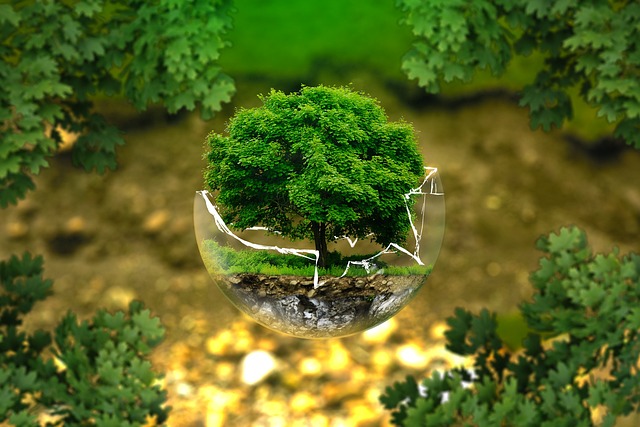Green energy is an energy source that comes from relatively safe materials and does not have a negative impact on the environment. These power sources include; water, wind, and others. Have you ever heard the term green energy? Recently, green energy or some who call it renewable energy has been in the crosshairs of many parties. Green energy can be interpreted as the energy that comes from the living plants that surround us. This type of energy is also commonly known as biofuels. Furthermore, experts also have their own definitions of green energy. The following is a complete review of green energy from understanding to examples.
Definition of Green Energy
In the Directory Journal of Economics, it is explained that green energy is clean energy that does not pollute or contribute pollutants to the atmosphere.
In addition, the definition of green energy according to experts is also included in the Scientific Magazine of Architecture and Urbanism Students, which establishes that green energy is efficient energy. This is because this energy is obtained from sources that are environmentally friendly and have relatively no negative impact on the environment.
The magazine also explains that green energy uses alternative or renewable energy sources, such as sunlight, wind, water, geothermal, and bioenergy. From this definition, it can be concluded that green energy is a source of energy derived from materials that are relatively safe and do not have a negative impact on the environment.
Benefits of green energy
Green energy provides many benefits for the environment and humans. What are the benefits? Here is the description.
- The amount in nature is plentiful and will not run out. It can be used for free because it is available in nature.
- Maintenance is relatively easy compared to non-renewable energy. Become energy independent. This means not depending on other countries.
- Boost the economy and create opportunities for new jobs. Free of price changes like fossil energy. It is relatively easier to implement in remote areas because each place has its own source of green energy.
Green Energy Resources
In the above explanation, it has been mentioned that green energy sources are eco-friendly materials. Among them; are sunlight, wind, water, geothermal, and bioenergy. The following is a more comprehensive explanation of green energy sources in Indonesia.
1. Sun
The sun is a star that is the point of rotation of the planets in the solar system. The role of the sun is very important in sustaining human life and other living things on earth. Sunlight is a green energy source that can be used for various purposes. Utilization can be done with the help of a tool called a solar panel.
The abundant availability of sunlight means that this energy can be used continuously. Indonesia has many sources of sunlight. As a tropical country that receives more than ten hours of sunlight, our country is rich in this renewable energy source.
Although sunlight is safe to use as a power source, the material in solar panels has ingredients that can be bad for the environment. Therefore, if there is a damaged or no longer working solar panel, it is not allowed to throw it away.
2. Wind
Another example of green energy is wind. It is known that gusts of wind do not cause emissions or pollution. Although it is quite profitable, the use of wind as an energy source has not been carried out on a massive scale.
3. Water
Water is also included in the abundant number of green energy sources. Water is considered more efficient as a generator of electricity than sunlight or wind. So don’t be surprised if we often hear the term hydropower.
4. Geothermal
Geothermal is also included in a sustainable green energy source. The use of geothermal energy is based on several reasons as follows:
- As a clean and environmentally friendly source of energy.
- It does not require a large area.
- It is not affected by weather and fuel supply.
- Avoid the risk of increasing fossil fuels.
Geothermal is generally used for electricity generation. The electrical supply that uses geothermal energy is much higher. Because it can be the primary energy base for basic materials in the electrical grid.
This is supported by the constant nature of geothermal heat and can provide power throughout the day. Also, the operating life of geothermal power plants is relatively longer. The average commercial operation of these power plants is around 30 years.
FIND IT HERE
